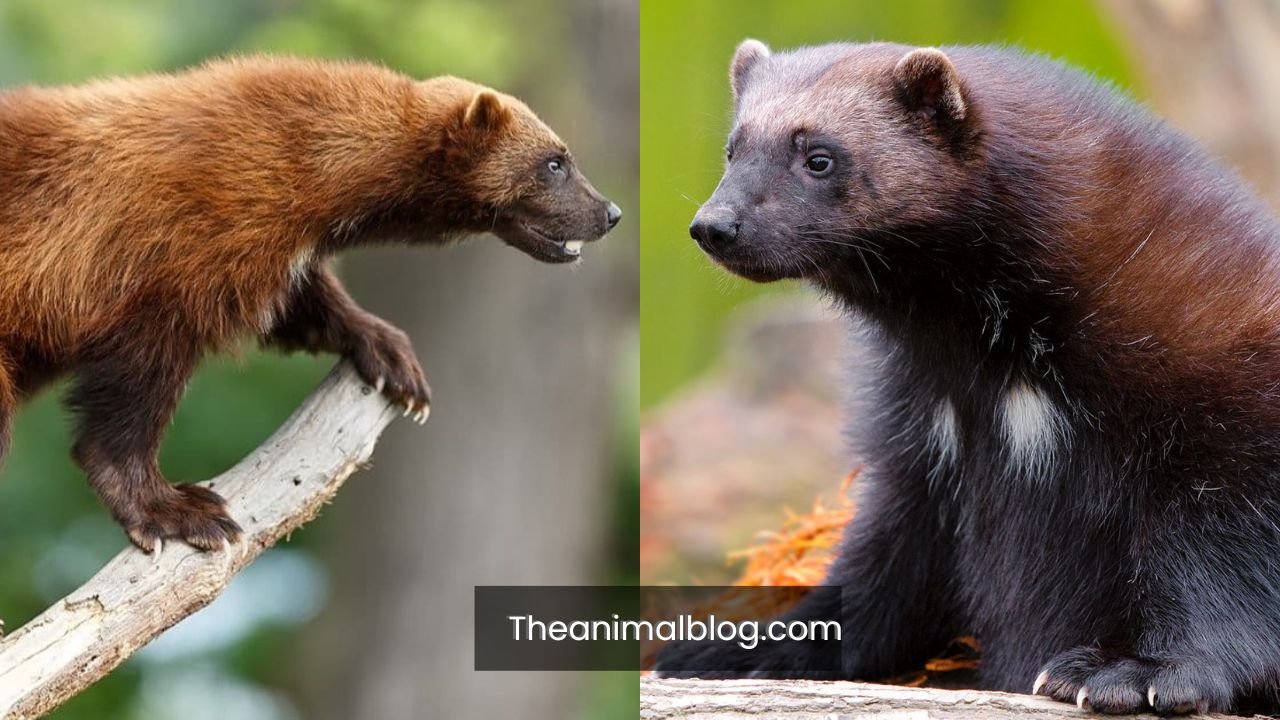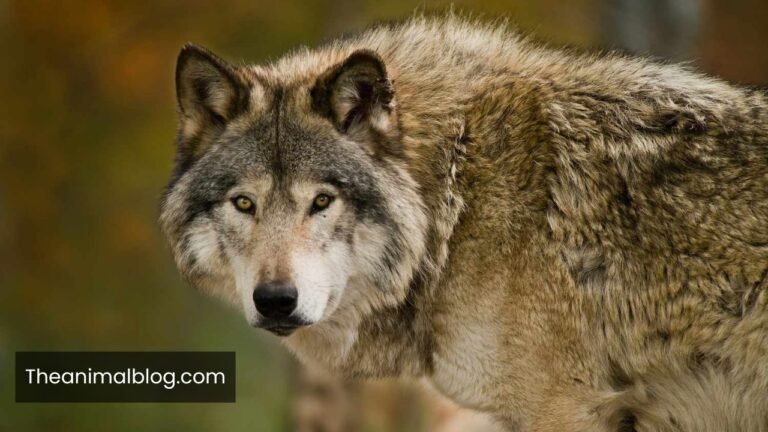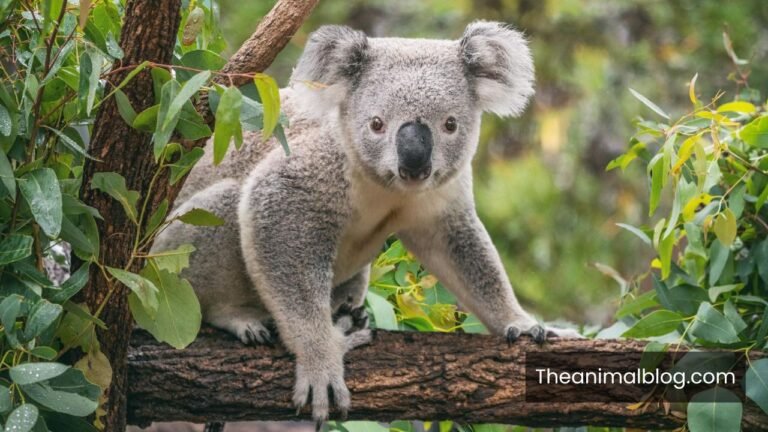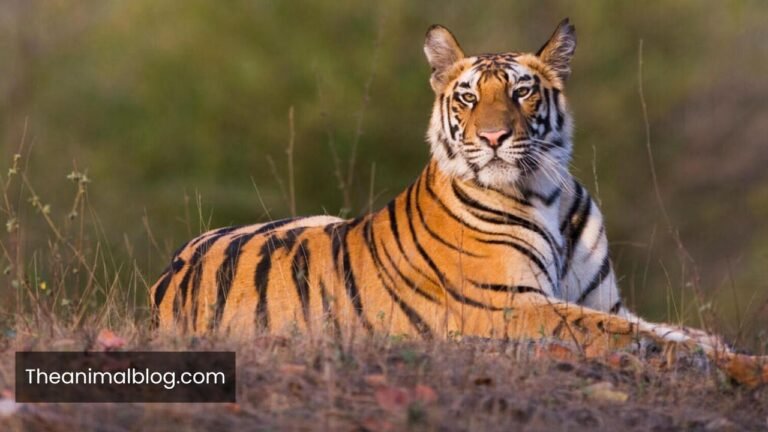Badger vs Wolverine: A Tale of Two Titans
Did you know that both the badger and the wolverine are renowned for their fierce tenacity despite their relatively small sizes? In this article, we delve into the captivating world of these two titans of the animal kingdom, exploring their unique traits, behaviors, and survival strategies. Understanding the dynamics of the badger vs wolverine rivalry not only enriches our appreciation for wildlife but also sheds light on the delicate balance of ecosystems. Join us as we uncover who reigns supreme in this battle of endurance and grit.
Badger vs wolverine
When comparing the badger and the wolverine, it’s easy to get swept up in their rugged exteriors and fierce reputations. Both animals possess a tenacity that sets them apart in the wild, but their behaviors and habitats reveal a fascinating dichotomy.
The badger, with its stout body and distinctive facial markings, is primarily a burrower, known for its intricate underground homes. This creature embodies a lifestyle of digging and foraging, expertly navigating the earth to find food while also creating a complex social structure within its community.
The wolverine roams vast territories with a boldness that is almost mythical. Often seen as a solitary wanderer, it boasts an impressive ability to cover miles in search of sustenance, driven by its insatiable appetite for carrion and small mammals alike. The wolverine’s thick fur and stocky build are adapted for harsh climates, allowing it to thrive in environments where few others can.
This animal’s reputation for ferocity isn’t just for show; it can take down prey much larger than itself, showcasing an unparalleled blend of strength and cunning. The badger and wolverine embody two different survival strategies, each finely tuned to their respective ecosystems and lifestyles.
Is Wolverine a badger?
No, Wolverine is not a badger, although they do share some similarities. The term “wolverine” refers to a specific species of animal known scientifically as *Gulo gulo*. Wolverines are larger than badgers and are part of the weasel family, Mustelidae. They are known for their strength and tenacity, often scavenging for food and hunting smaller animals in harsh, cold environments.
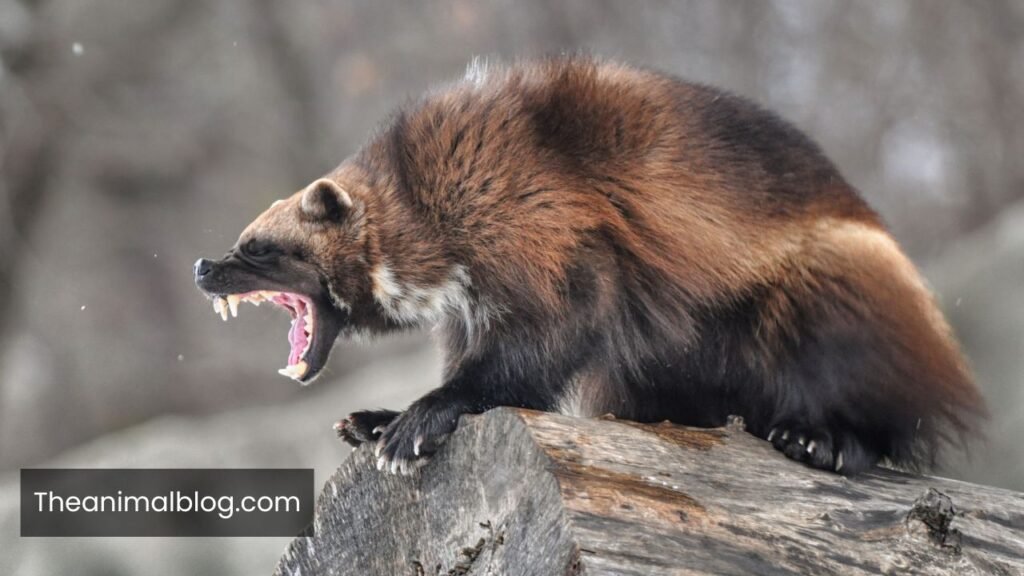
Badgers, on the other hand, belong to a different genus within the same family, specifically the genus *Meles*. While both wolverines and badgers have stocky bodies and short legs, wolverines tend to be more solitary and are adapted to colder climates, whereas badgers are often found in a variety of habitats and are known for their burrowing behavior. So while they might seem similar at first glance, wolverines and badgers are distinct species with different behaviors and habitats.
Are Wolverines and Badgers Related?
Yes, wolverines and badgers are indeed related, as they both belong to the Mustelidae family, which includes a variety of carnivorous mammals such as weasels, otters, and ferrets. Within this family, wolverines (Gulo gulo) are classified under the genus Gulo, while badgers belong to several genera, with the most common being Taxidea for the American badger. Although they occupy different ecological niches and have distinct behaviors and habitats, their shared ancestry highlights their biological connection.
Size & Weight
Wolverines, often celebrated for their stocky build and impressive strength, can weigh between 20 to 55 pounds and measure up to 30 inches in length, not including their bushy tails.
In contrast, badgers are relatively smaller, typically weighing between 10 to 30 pounds and measuring about 24 inches long.
Appearance
Wolverines and badgers, while both members of the Mustelidae family, exhibit strikingly different appearances that reflect their unique adaptations. Wolverines are larger and more robust, adorned with thick, dark fur highlighted by distinctive light stripes along their sides. In contrast, badgers are smaller, with a more elongated body and a characteristic flat head; their fur is often a mix of gray and black, complemented by bold facial markings that enhance their visual appeal.
Habitat
Wolverines thrive in cold, rugged terrains like subalpine forests and tundras, where they have evolved to endure harsh climates and forage for food over vast distances. Their powerful build and thick fur make them well-suited for these challenging habitats.
In contrast, badgers prefer open grasslands, woodlands, and agricultural areas, where they can dig extensive burrow systems to create a network of dens. This adaptability allows them to exploit a variety of food sources, from small mammals to insects.
Diet
Wolverines are opportunistic scavengers and predators, primarily feasting on small mammals, carrion, and even larger prey during winter months. Their powerful jaws and robust build allow them to tackle challenging food sources, including reindeer carcasses left behind by larger predators.
Badgers are more specialized foragers, predominantly consuming insects, small rodents, and fruits. They possess strong digging abilities, enabling them to unearth underground prey like earthworms and grubs.
Speed
Wolverines, with their powerful limbs and robust build, can reach speeds of up to 30 miles per hour over short distances, making them formidable hunters in their rugged, northern habitats. In contrast, badgers tend to be less swift, averaging around 10 miles per hour.
Conservation status: Wolverines vs Badgers
Wolverines and badgers, though both members of the mustelid family, present contrasting conservation statuses that highlight the complexities of wildlife preservation. Wolverines, known for their elusive nature and tenacity, are classified as a species of concern in many regions, particularly in North America.
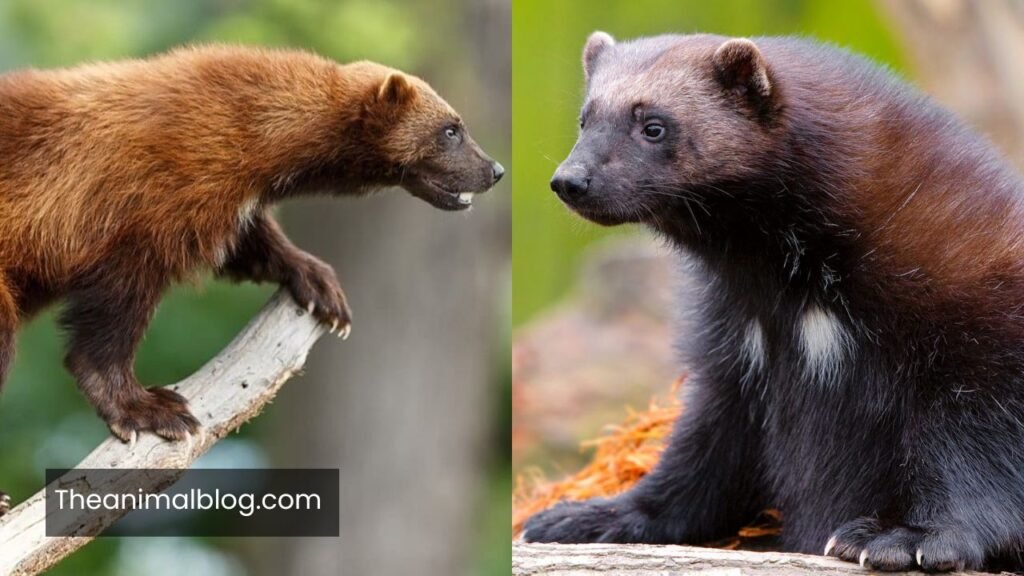
Their dependence on cold, mountainous habitats makes them particularly vulnerable to climate change, habitat fragmentation, and human encroachment. As temperatures rise and snow cover diminishes, the wolverine’s future hangs in a delicate balance, underscoring the urgent need for targeted conservation efforts.
Badgers exhibit a more stable population across their range due to their adaptability and widespread distribution. These burrowing mammals thrive in diverse environments, from grasslands to forests, showcasing a resilience that allows them to navigate challenges posed by urbanization and agriculture.
This apparent abundance can be misleading; localized threats such as road mortality and habitat loss still pose significant risks. As we delve deeper into the conservation narratives of these two species, it becomes clear that safeguarding their futures requires a nuanced understanding of their ecological roles and the unique pressures they face in an ever-changing world.
Who Would Win, a Badger or a Wolverine?
In a hypothetical confrontation between a badger and a wolverine, the wolverine would likely come out on top. Wolverines are known for their strength, tenacity, and aggressive nature, often taking down prey much larger than themselves.
They have powerful jaws and sharp claws that make them formidable predators in their Arctic and subarctic habitats. Additionally, wolverines possess a thick layer of fat and fur that helps them withstand harsh conditions, giving them an edge in survival.
On the other hand, while badgers are also fierce and tenacious animals, they are generally smaller and less powerful than wolverines. Badgers tend to rely on their burrowing skills and cunning rather than direct confrontation.
Although they can defend themselves effectively against smaller threats, they would likely find it challenging to match the wolverine’s size and aggression in a direct encounter. Overall, the wolverine’s combination of strength and ferocity makes it the likely victor in this matchup.
Key Differences Between Badgers and Wolverines
Badgers and wolverines, while often lumped together in discussions about mustelids, exhibit distinct characteristics that set them apart in fascinating ways. For starters, badgers are typically more social creatures, often found in family groups that dig extensive burrow systems.
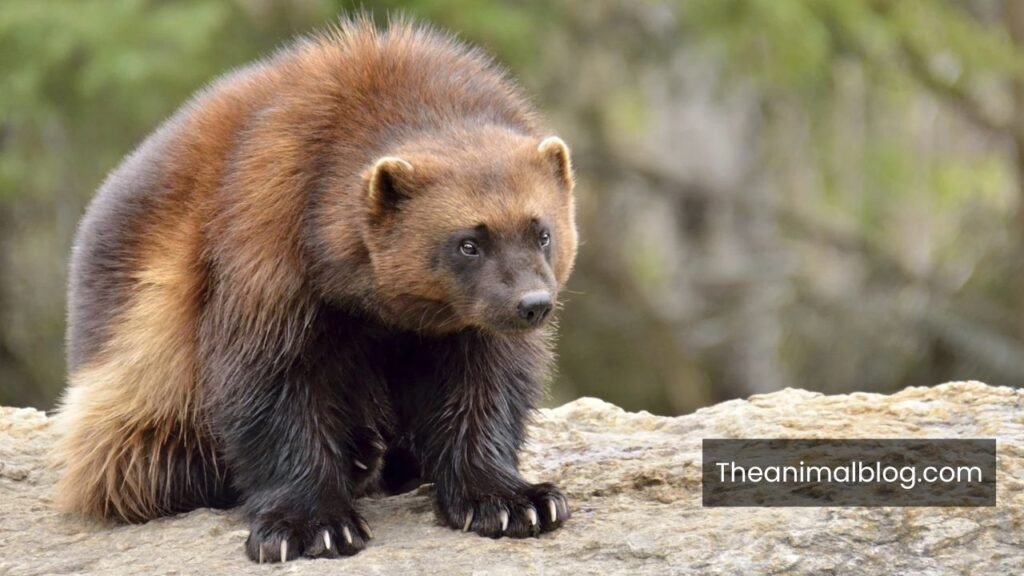
Their communal lifestyle contrasts sharply with the solitary nature of wolverines, which are known for their fierce independence and territorial behavior. This difference in social structure not only influences their hunting strategies — badgers can collaborate in capturing prey — but also affects their adaptability in various environments.
Physically, these animals showcase striking differences as well. Badgers possess a stocky build, characterized by short legs and a wide body, allowing them to navigate through their underground tunnels efficiently. Wolverines, on the other hand, have longer limbs and a more elongated body, designed for traversing vast distances across rugged terrains.
Their thick fur is not just for insulation; it also serves as protection against the harsh environments they inhabit, which can include snowy mountainous regions. Understanding these nuances not only enriches our appreciation for these two remarkable species but also highlights the diverse strategies they employ to thrive in their respective habitats.
Final Words
The rivalry between badgers and wolverines showcases not just their physical prowess but also their unique adaptations to survival in the wild. Both creatures exhibit remarkable tenacity and resilience, embodying the spirit of true predators within their respective ecosystems. While badgers may rely on their burrowing skills and social structures, wolverines harness brute strength and cunning to thrive in harsh conditions. This tale of two titans highlights the intricate balance of nature, where each species plays a vital role in maintaining ecological harmony. As we continue to explore the wilderness, let us appreciate and protect these incredible animals that symbolize the untamed beauty of our natural world.
Read More: Explore Top Interesting Facts About Goose vs Geese
FAQs
What are the main differences between badgers and wolverines?
Badgers are generally smaller, stockier creatures with short legs and a broad body, while wolverines are larger, more robust animals known for their muscular build and long limbs. Badgers belong to the Mustelidae family and have a more burrowing lifestyle, whereas wolverines are known for their strength and tenacity in the wild.
Where do badgers and wolverines typically live?
Badgers are commonly found in a variety of habitats across North America, Europe, and Asia, often favoring grasslands and woodlands. In contrast, wolverines inhabit remote, cold environments such as tundras and mountainous regions, primarily in northern latitudes like Alaska, Canada, and parts of Scandinavia.
How do badgers and wolverines behave in the wild?
Badgers are primarily nocturnal and exhibit social behaviors by living in groups called cets. They are known for their digging prowess, creating extensive burrow systems. Wolverines are solitary animals that are crepuscular, showing activity during dawn and dusk. They are also known for their aggressive nature when defending their territory or food.

